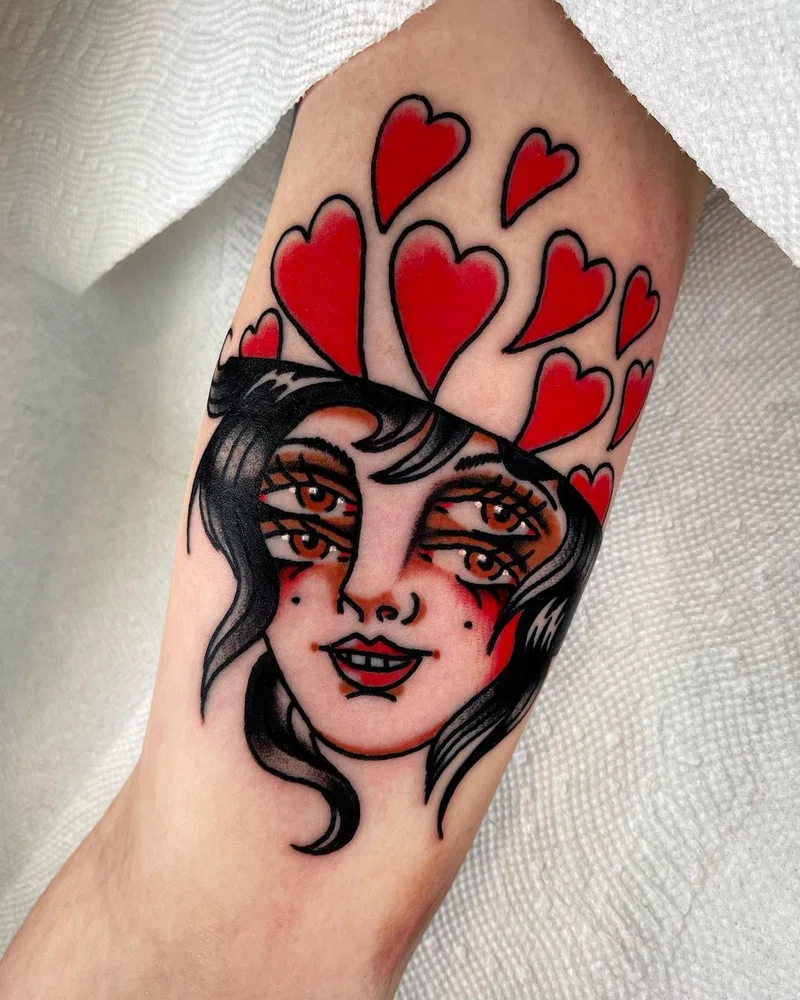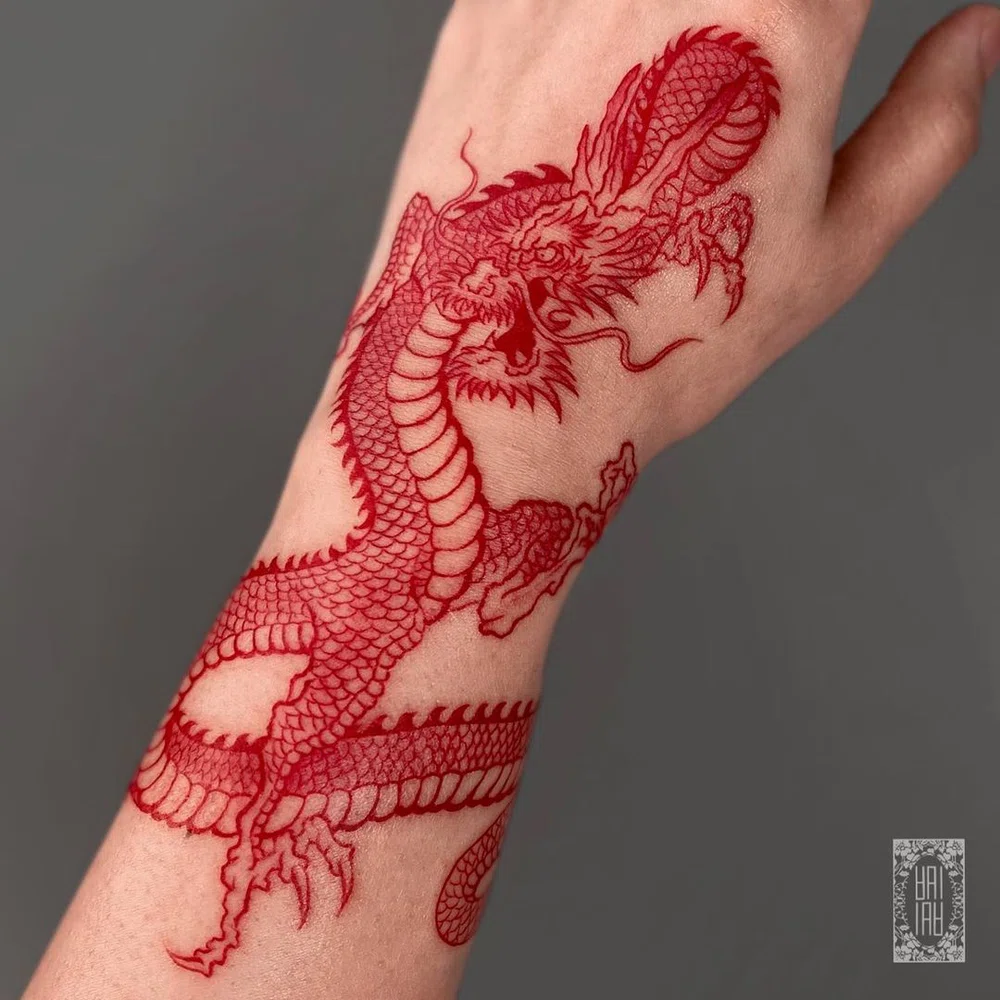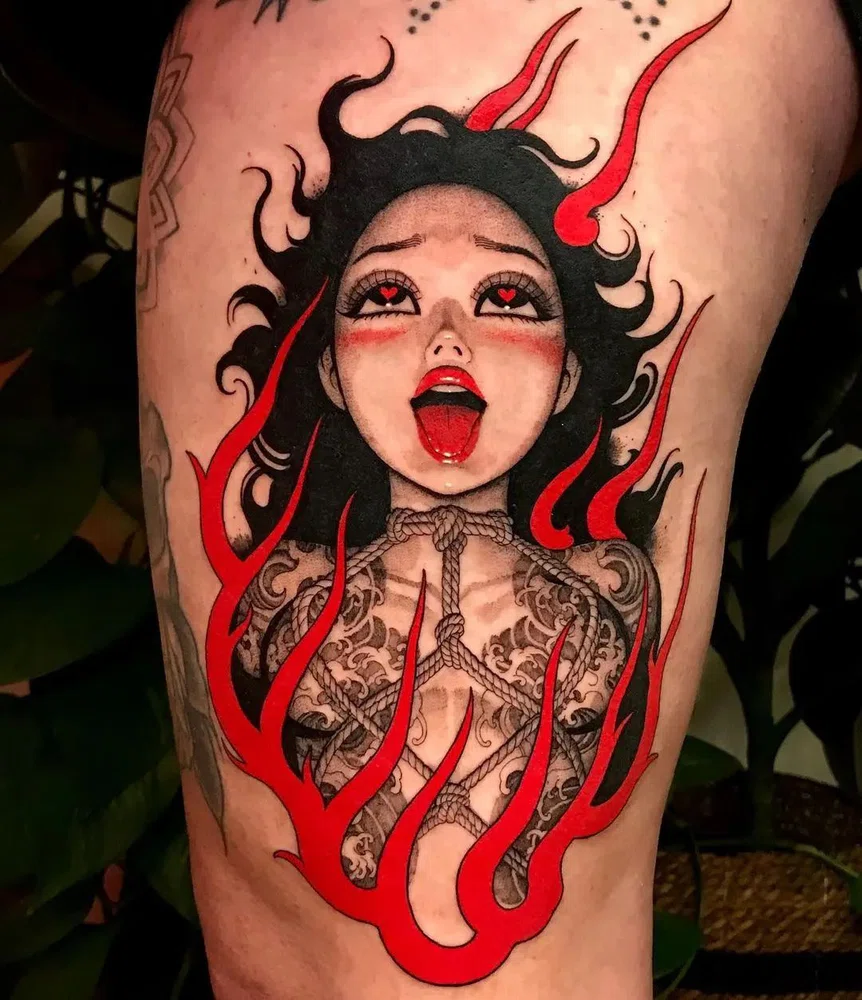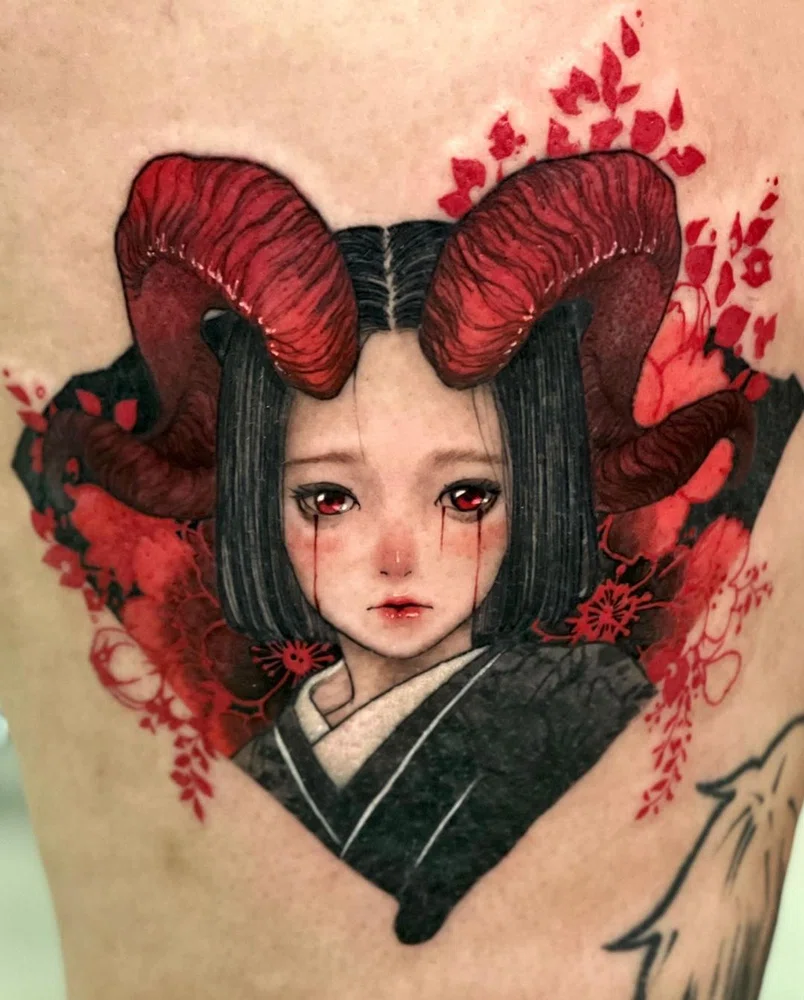Risks in red ink tattoos
The essential thing to get a red tattoo is to be well-informed
29 May 2024
Ink is the raw material for tattoos, and it is considered a fundamental factor that will largely determine the quality of the final result.
But that's not all, in addition to defining the aesthetic aspect of the design, it is vitally important to take into account its composition for safety reasons.
When entering our body, ink can generate adverse reactions. The red pigment is considered the most risky due to the substances that compose it.
Keep reading to know its components and its potential side effects! But first, let us briefly clarify the restrictions.
The REACH (Regulation of Registration, Evaluation, Authorization and Restriction of Chemical Substances) is in charge of regulating the production and use of chemical hazards, which is why it has special controls over tattoo inks, to ensure that its composition is not harmful.
The regulation requires the correct labelling of the inks, the area of applications, the list of ingredients and the safety declarations that should be mentioned.
Red ink components
Today there are two types of inks on the market: acrylic ink and organic ink, we will tell you what they are.

Source Chase Tucker Tattoo
Acrylic ink composition
This option is the most used in the tattoo industry, since the artists mention that with it the best results are obtained with respect to color and durability. The main problem is that its composition is based on pigments derived from metals, which are not well accepted by some organisms, causing different negative reactions (allergies, swelling, etc.).
Speaking of red ink, we can say that its use involves a high risk of generating side effects. In fact, they might be the most dangerous pigment of all dues to its mercury-based formulation, although it may contain other elements that also contribute to or cause this reaction. Mercury is avoided in some formulations but with the same side effects.
Organic ink composition
Inks can plant based (if you are interested, you can read the articles Vegan Tattoos and Vegan Products) or animal, and they are the most suitable option for the body, since they are obtained naturally.
They are classified as hypoallergenic pigments, which means that, although there is the possibility of generating allergies, it is much less likely to happen compared to acrylic inks. The body usually assimilates them in a better way, generating a correct absorption.

Source NANA Tattoo
Adverse reactions of the red pigment
Dr. Donís Muñoz Borrás, from the Medical-Aesthetic Dermatology Clinic located in Valencia, states that, although inflammatory reactions can appear with any color of ink, 80% are caused by red pigments .
Side effects can be:
- Allergy
- Swelling and intense irritation, which causes an excessive desire to scratch all the time!
- Skin ulceration (similar to a dermal crater or mucous membrane), a situation that requires prompt medical attention.
It is important to clarify that skin reactions can appear a few hours after the procedure or years later. As stated by Dr. Muñoz: "You’re not born allergic, you become allergic".

Source Jan Tattoo
The difficulty in removing reddish tattoos
Dr. Pedro Rodríguez Jiménez, from the International Dermatological Clinic (CDI) in Spain, states that, in general terms, all tattoos can be treated for their future removal, but he also adds that they have direct characteristics such as color and size.
Depending on these factors, the procedure will be more or less difficult.
As we have been saying, the color red can cause complications in the body, and at this point, we will add that difficulties are also present when deciding to remove it:
“Among the colors, the most problematic is red, it is difficult to remove and also provokes inflammatory reactions more frequently than other colors" states Dr. Rodríguez.
Recommendations to avoid problems with red ink
To avoid all kinds of inconveniences that lead to physical problems, it is advisable to be cautious and opt for an allergy test.
This test consists of applying a small amount of ink in a chosen area, generally not visible, where it will be checked if any adverse reaction is generated in the short term.
In the event that the procedure has already been carried out without a previous test and having found that your body reacts negatively, you should contact a doctor as soon as possible, to help you treat your condition correctly.
What to do when an allergic reaction occurs?
In the event that the tattoo chronically causes allergies and your doctor determines that your body cannot resist it, you should remove it.
Although we have clarified that this color is problematic when proceeding to its elimination, the most effective way is laser.
This procedure acts through directed photothermolysis, leading to the fragmentation of the pigment that will then be eliminated through the body's natural pathways.

Source NEON Tattoo
In case I can do it… What meanings does the color red have?
In the satisfactory case of having confirmed that this ink does not produce any risk to your health, you will be able to choose the red pigment as an option for your new tattoo. If you are already at this stage, we will mention its different meanings and connotations. In addition, we will show you examples, since we consider that they are excellent.
All colors tend to provoke different emotions in us. Only the red color, we could say that, it emanates “intensity”.
It is commonly related to positive things, such as passion and sensuality, but also to strength and courage.
Within its negative connotations we can highlight aggressiveness, fury, risk, and war.
Conclusion: Prevention is better than cure
We conclude by stating that the important thing is to be well-informed, both to prevent future problems and to heal already generated consequences.
Correct communication, both with a health professional and with your chosen artist, is essential to make the decision that best suits us according to our body.
What about you, already had problems tattooing with red?
To tattoo this color, not only do you need to be aware of the complexities of the skin, but also of which techniques heal better.
The good news is that within the MasterCourse: Realistic Tattooing in Color, Coreh López guides you step by step through a tattoo process done entirely with red ink.
After this lesson, it's impossible for your reds to turn out badly!